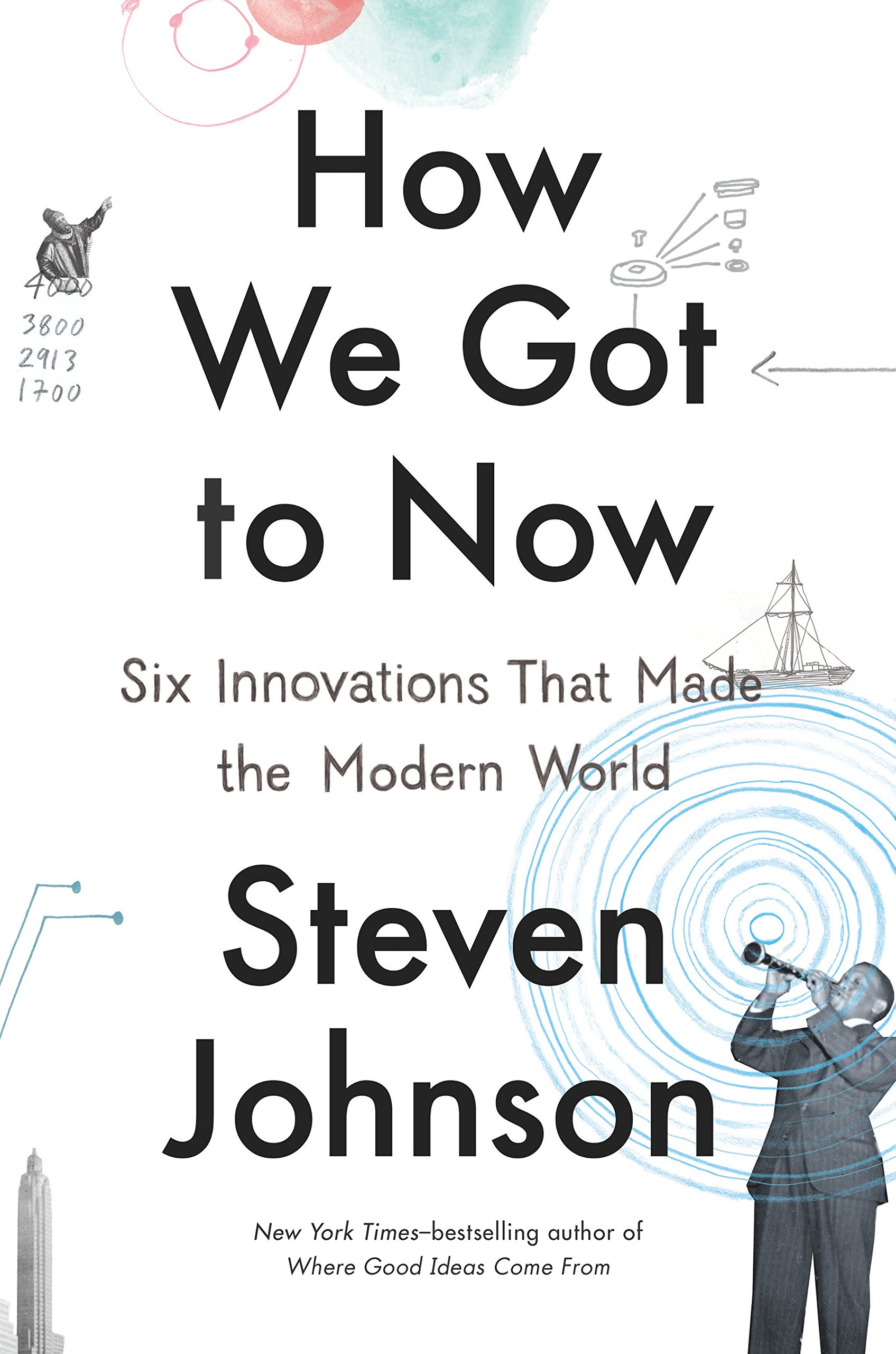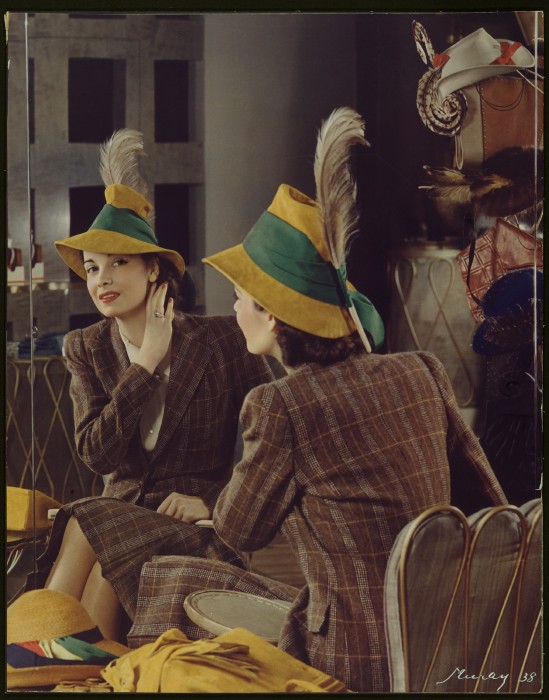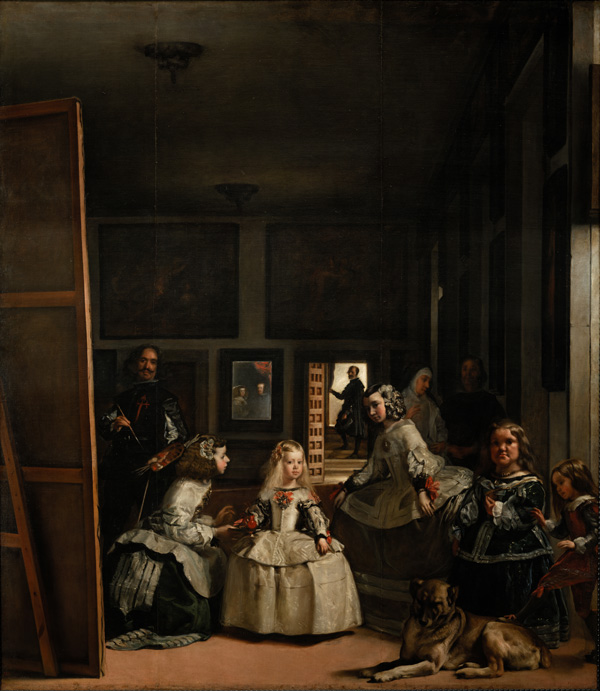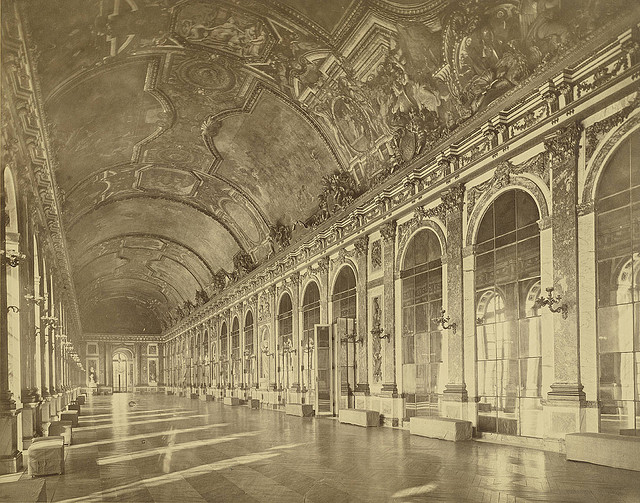
The Mirror and the Meme: A 600-Year History of the Selfie
by Maria Popova
How glass, tin, and mercury converged on a Venetian island in the 15th century to fundamentally change the way we look at ourselves.
 In 1977, long before the social web as we know it existed, Susan Sontag foresaw a new dawn of “aesthetic consumerism” sparked by photography’s social aspect. Today, nowhere is this phenomenon more glaring than in the ubiquitous selfie. But how did we end up with this peculiar Möbius strip of self-image, turning our gaze inward and outward at the same time?
In 1977, long before the social web as we know it existed, Susan Sontag foresaw a new dawn of “aesthetic consumerism” sparked by photography’s social aspect. Today, nowhere is this phenomenon more glaring than in the ubiquitous selfie. But how did we end up with this peculiar Möbius strip of self-image, turning our gaze inward and outward at the same time?
In How We Got to Now: Six Innovations That Made the Modern World (public library |IndieBound) — which also gave us the mind-stretching story of how Galileo invented time— Steven Johnson peels back history’s curtains to reveal the unsuspected causal chains of innovation behind “that iconic, early-twenty-first-century act: snapping a selfie on your phone.” We might be apt to celebrate innovations like the evolution of photography and the rise of the social web as the impetus for the selfie revolution — but these, Johnson points out with his penchant for the unexpected sociocultural twist, can’t hold a candle to the true breakthrough that makes it all possible: glass. He explains:
Glass supports this entire network: we take pictures through glass lenses, store and manipulate them on circuit boards made of fiberglass, transmit them around the world via glass cables, and enjoy them on screens made of glass. It’s silicon dioxide all the way down the chain.
We already know that glass is a remarkable material that planted the seed for the innovation gap between East and West, but the role of glass in the journey of our self-image extends beyond the technology and into how we think about the human countenance itself. Even though the self-portrait is a fixture of Renaissance art and early modernism, Johnson points out that it practically didn’t exist as an artistic convention until the beginning of the 15th century.“People painted landscapes and royalty and religious scenes and a thousand other subjects,” he notes. “But they didn’t paint themselves.”
And then something happened — glassmakers on the Venetian island of Murano figured out how to combine glass with a new technological breakthrough in metallurgy, which allowed them to coat the back of a piece of glass with a medley of tin and mercury, producing a highly reflective surface. The result was the mirror, which forever changed how we see ourselves. Johnson writes:
For the first time, mirrors became part of the fabric of everyday life. This was a revelation on the most intimate of levels: before mirrors came along, the average person went through life without ever seeing a truly accurate representation of his or her face, just fragmentary, distorted glances in pools of water or polished metals.Mirrors appeared so magical that they were quickly integrated into somewhat bizarre sacred rituals: During holy pilgrimages, it became common practice for well-off pilgrims to take a mirror with them. When visiting sacred relics, they would position themselves so that they could catch sight of the bones in the mirror’s reflection. Back home, they would then show off these mirrors to friends and relatives, boasting that they had brought back physical evidence of the relic by capturing the reflection of the sacred scene. Before turning to the printing press, Gutenberg had the start-up idea of manufacturing and selling small mirrors for departing pilgrims.
But the most momentous impact of the mirror, Johnson argues, was a secular one — in revolutionizing the art of seeing, it invariably revolutionized art itself:
Filippo Brunelleschi employed a mirror to invent linear perspective in painting, by drawing a reflection of the Florence Baptistry instead of his direct perception of it. The art of the late Renaissance is heavily populated by mirrors lurking inside paintings, most famously in Diego Velázquez’s inverted masterpiece, Las Meninas, which shows the artist (and the extended royal family) in the middle of painting King Philip IV and Queen Mariana of Spain. The entire image is captured from the point of view of two royal subjects sitting for their portrait; it is, in a very literal sense, a painting about the act of painting. The king and queen are visible only in one small fragment of the canvas, just to the right of Velázquez himself: two small, blurry images reflected back in a mirror. As a tool, the mirror became an invaluable asset to painters who could now capture the world around them in a far more realistic fashion, including the detailed features of their own faces.
Even Da Vinci extolled the creative value of the mirror in his notebooks:
When you wish to see whether the general effect of your picture corresponds with that of the object represented after nature, take a mirror and set it so that it reflects the actual thing, and then compare the reflection with your picture, and consider carefully whether the subject of the two images is in conformity with both, studying especially the mirror. The mirror ought to be taken as a guide.
Johnson considers the role of this breakthrough as a sensemaking device in an era when we were using glass to orient ourselves to the cosmos and, thanks to the mirror, to orient ourselves to ourselves:
At the exact moment that the glass lens was allowing us to extend our vision to the stars or microscopic cells, glass mirrors were allowing us to see ourselves for the first time. It set in motion a reorientation of society that was more subtle, but no less transformative, than the reorientation of our place in the universe that the telescope engendered.[...]The mirror played a direct role in allowing artists to paint themselves and invent perspective as a formal device; and shortly thereafter a fundamental shift occurred in the consciousness of Europeans that oriented them around the self in a new way, a shift that would ripple across the world (and that is still rippling).
This rippling, Johnson points out, was a perfect example of the hummingbird effect at work as various sociocultural forces converged to unleash its full potential for transformation:
The self-centered world played well with the early forms of modern capitalism that were thriving in places like Venice and Holland (home to those masters of painterly introspection, Dürer and Rembrandt). Likely, these various forces complemented each other: glass mirrors were among the first high-tech furnishings for the home, and once we began gazing into those mirrors, we began to see ourselves differently, in ways that encouraged the market systems that would then happily sell us more mirrors…The mirror doesn’t “force” the Renaissance to happen; it “allows” it to happen.[...]Without a technology that enabled humans to see a clear reflection of reality, including their own faces, the particular constellation of ideas in art and philosophy and politics that we call the Renaissance would have had a much more difficult time coming into being.
Peering into the history of the mirror and the future of its modern progeny — which includes, notably, the selfie — Johnson leaves the trajectory of its sociocultural impact open-ended:
The mirror helped invent the modern self, in some real but unquantifiable way. That much we should agree on. Whether that was a good thing in the end is a separate question, one that may never be settled conclusively.
How We Got to Now is an illuminating read in its totality. Complement it with100 ideas that changed art.




No comments:
Post a Comment